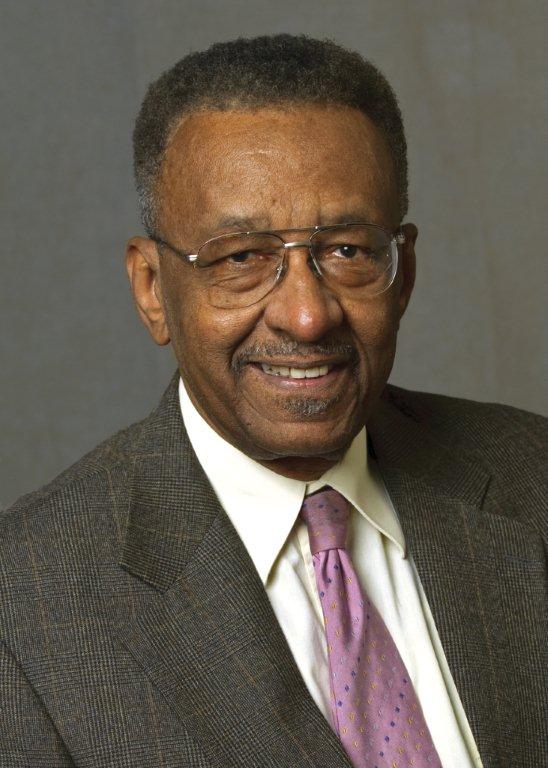Time magazine: “Scientists no longer doubt that global warming is happening, and almost nobody questions the fact that humans are at least partly responsible.” U.S. News & World Report chimed in, referring to the United Nation’s Intergovernmental Panel on Climate Change (IPCC) as, “The most definitive – and scary – report yet, declaring that global warming is not only real but man-made.”
According to the July 2001 Consumers’ Research article “Global Warming Science: Fact vs. Fiction,” written by Mark LaRochelle and Peter Spencer, the media have it all wrong. The news media have leaped to erroneous conclusions from a summary of a yet-to-be-released 3,000-page report. A follow-up study on global warming was released June 2001 by the National Research Council (NRC) of the National Academy of Science.
MIT Professor Richard Lindzen, one of the NRC panelists and lead author of the IPCC report says: “Our primary conclusion was that despite some knowledge and some agreement, the science is by no means settled. We are quite confident (1) that global mean temperature is about 0.5 degrees Celsius higher than a century ago; (2) that atmospheric levels of carbon dioxide have risen over the past two centuries; and (3) that carbon dioxide is a greenhouse gas whose increase is likely to warm the Earth. But – and I cannot stress this enough – we are not in a position to confidently attribute past climate change to carbon dioxide or to forecast what the climate will be in the future.” Adding, “That is to say, contrary to media impressions, agreement with the three basic statements tells us almost nothing relevant to policy discussions.”
That conclusion shows just how much confidence we can have in what the media and environmental radicals tell us.
You say, “Williams, are the environmentalist lying and deliberately frightening us?” That’s part of their strategy. Consider what environmentalist activist Stephen Schneider said in a 1989 issue of Discover: “We have to offer up scary scenarios, make simplified dramatic statements, and make little mention of any doubts we may have. Each of us has to decide what the right balance is between being effective and being honest.”
Here’s what former Sen. Timothy Wirth, D-Colo., was quoted as saying in Michael Fumento’s “Science Under Siege”: “We’ve got to ride the global warming issue. Even if the theory of global warming is wrong, we’ll be doing the right thing, in terms of economic policy and environmental policy.”
Dr. Fred Singer, president of The Science & Environmental Policy Project in Arlington, Va., says there are four different independent data sets for measuring temperature. First are thermometers at weather stations around the world. They show warming over the past 30 years, but not in the United States. The second are weather satellites. They show no warming. The third are weather balloons. They show no warming. The fourth are called proxy date – tree rings, ice cores, lake sediments, etc. They show no warming.
Basing public policy on erroneous observations and predictions can be very costly in terms of human welfare and economic growth. Environmental activist predictions have been dead wrong. In the July 1975 issue of National Wildlife, Nigel Calder warned that “the threat of a new ice age must now stand alongside nuclear war as a likely source of wholesale death and misery for mankind.”
In the same issue, C.C. Wallen of the World Meteorological Organization warned, “The cooling since 1940 has been large enough and consistent enough that it will not soon be reversed.”
In 1968, Dr. Paul Erlich, author of “The Population Time Bomb” and environmentalist guru, predicted that the Earth would run out of food by 1977 and that the Earth’s 5 billion population would starve back to 2 billion people by 2025.
Erlich also warned Britain’s Institute of Biology in 1969, “If I were a gambler, I would take even money that England will not exist in the year 2000.”
Why do we listen to these people?
